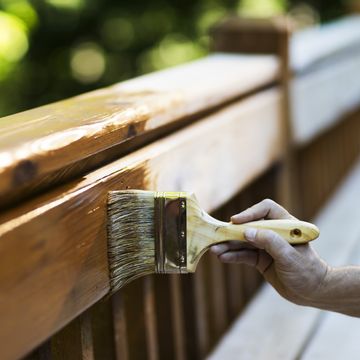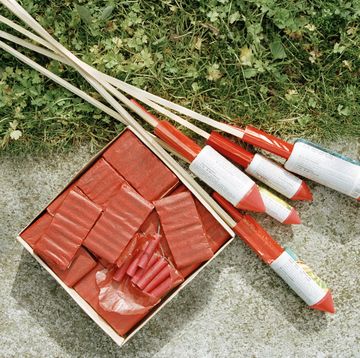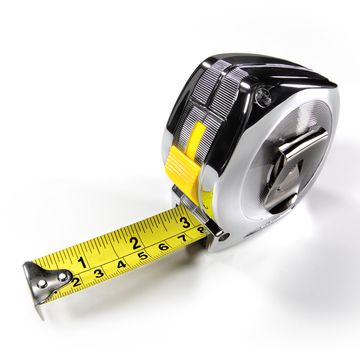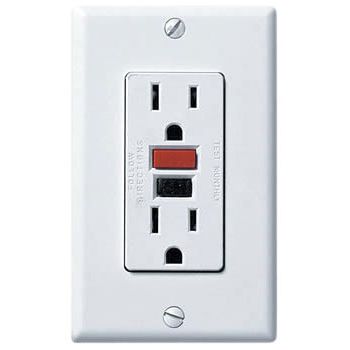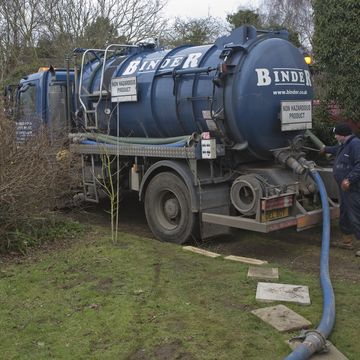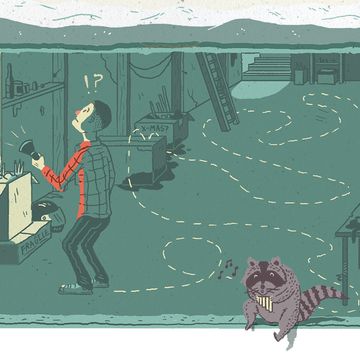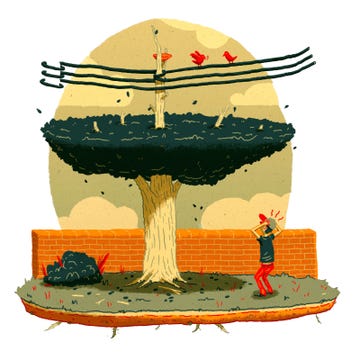1. Set your mower to the highest cut setting or one notch down from that.
2. Cut the lawn, but remove no more than 1/3 its height in a single pass. If it's tall and shaggy, and you've got the time to do so, make two cuts. Space the cuts a couple of days apart to avoid leaving behind large clumps of moist grass clippings.
3. If the blade is dull or chipped, either resharpen it or replace it.
4. Feed the lawn. Apply a fertilizer per the rate instructions listed on the bag that matches your spreader. Don't over-apply the material. That just contributes to excessive growth without really benefiting the lawn's root system.
5. Roughen soil and apply seed to damaged areas. Apply a fertilizer designated as "starter" or "seed starter" to these areas.
6. Water the lawn if necessary. Usually, spring is damp, but if it's hot and dry where you are, by all means get out the sprinkler. A lawn requires about 1 in. of water per week. Wind increases moisture evaporation, so increase the amount of water you apply if it's windy where you are.

Roy Berendsohn has worked for more than 25 years at Popular Mechanics, where he has written on carpentry, masonry, painting, plumbing, electrical, woodworking, blacksmithing, welding, lawn care, chainsaw use, and outdoor power equipment. When he’s not working on his own house, he volunteers with Sovereign Grace Church doing home repair for families in rural, suburban and urban locations throughout central and southern New Jersey.



